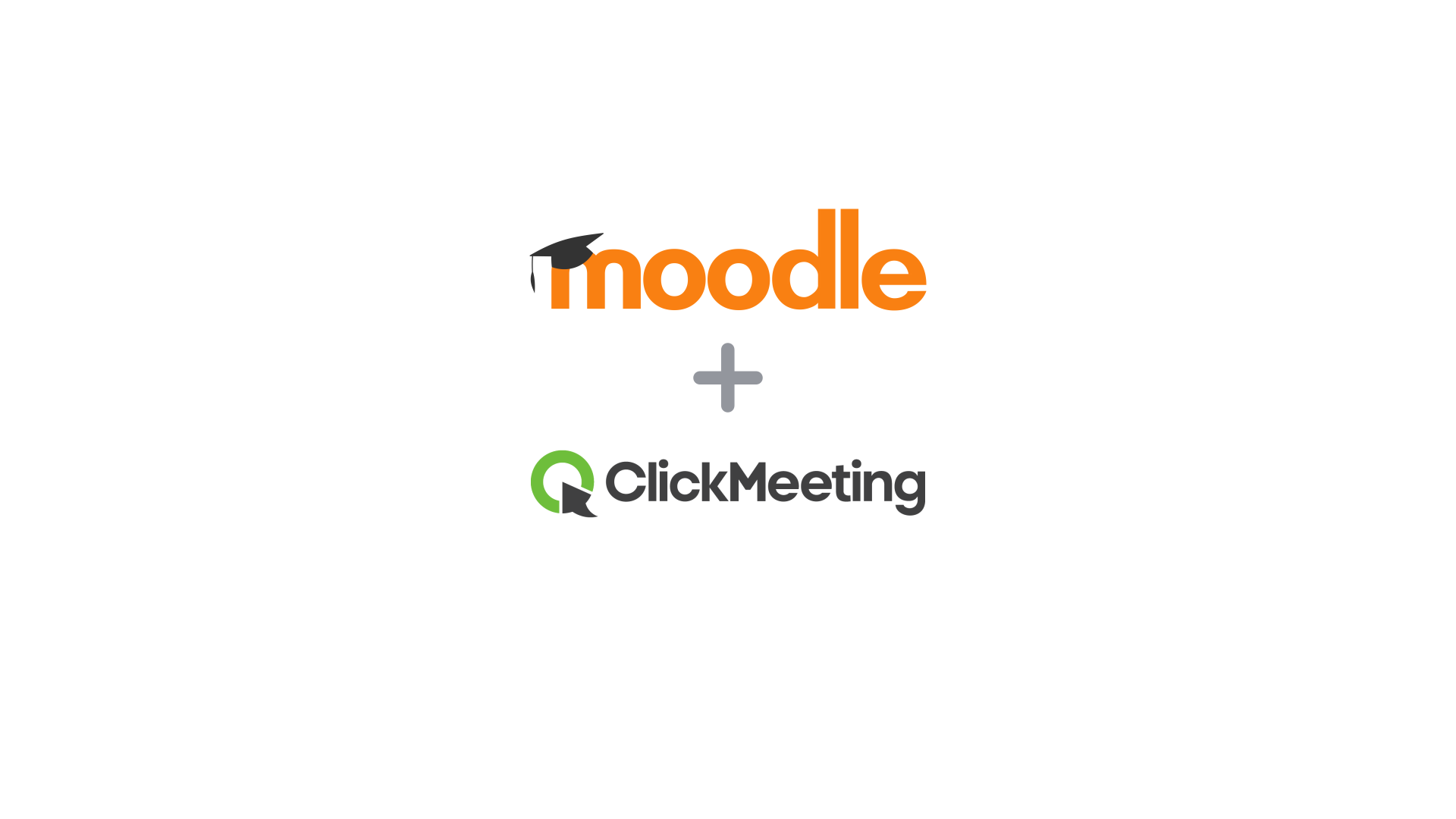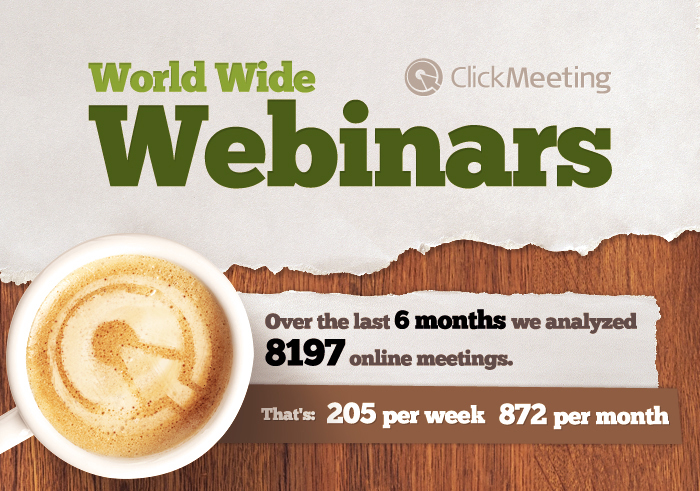Are you ready to generate more leads and make more sales? Then you need a sales funnel!
In this article, we’ll teach you what a sales funnel is and why it’s important. Then we’ll discuss the four stages every successful sales funnel has and how to create one for your company.
Does that sound like a plan? Then let’s get started!
Table of Contents
What is a Sales Funnel?
We’ll start with a sales funnel definition—just to make sure we’re on the same page:
According to ClickFunnels, a sales funnel is, “A marketing strategy designed to turn cold prospects into long-term customers by funneling them through multiple stages.”
There’s no doubt about it, sales funnels are important. Why? Because they help companies visualize the customer journey, from beginning to end. Once this journey is understood, marketing and sales teams will become more adept at guiding prospects through it.
But to truly understand this journey, we need to talk about sales funnel stages…
The 4 Sales Funnel Stages
Every company’s sales funnel is different. That said, all effective sales funnels have, at the very least, four distinct stages: Awareness, Interest, Decision, and Action.
Your job is to guide your prospects through each of these stages. That way they feel comfortable buying your products and/or services when they get to the end.
Let’s take a closer look at each of the sales funnel stages:
1. Awareness
The awareness stage is your company’s first interaction with a potential customer.
It’s when they see your Facebook ad, walk by your storefront, or hear about your business from a friend for the first time. It doesn’t matter how it happens. From this point forward, the person knows about your brand and the products and/or services you sell.
2. Interest
The interest stage is when potential customers do their homework.
They spend time researching your company, evaluating the products and services you sell, comparing your prices to your competitors, and otherwise assessing their options.
At this stage, your best bet is to build relationships. You don’t want to push products yet, unless your prospects specifically ask you to. Instead, show your company’s expertise and build trust. That way prospects feel comfortable buying from you in the future.
3. Decision
The decision stage is where things start to get serious. Your prospects are ready to buy, they just aren’t totally sure that they should buy from you.
To successfully guide prospects from the decision stage to the action stage, you need to convince them that your products and/or services are better than your competitors. One of the easiest ways to do this is by minimizing the price barrier.
For instance, a special coupon or discount code (like what Annie’s Designs offers to prospects in the example below) may be just the thing to win a sale.
4. Action
The final stage is the action stage, where the customer pulls the trigger and makes a purchase—or not. This is what you’ve been working towards and it’s within your grasp!
Just remember, the sale isn’t your only goal. You also need to make sure that your prospects are set up for success after they buy from you. That way they don’t return products or cancel services. You can achieve this by offering plenty of educational materials to new customers.
One more thing: just because a prospect decides not to buy right now doesn’t mean they never will. Lead nurturing can help revive and close lost deals!
Putting it All Together: A Sales Funnel Example
At this point, we know that a sales funnel is a marketing strategy your company can use to turn complete strangers into paying customers. We also know that all sales funnels are composed of four basic stages: awareness, interest, action, and desire.
The question is, what does this actually look like in a real-world scenario? Here’s a quick sales funnel example to help put everything in perspective for you:
The ‘Annie’s Designs’ Sales Funnel
Meet Annie, a hard working entrepreneur, who sells personalized stationery products via her ecommerce website. When you need eye-catching invitations, beautiful thank you cards, or a stand-out wall calendar, Annie’s Designs is the place to go.
Annie has been doing a lot of research on her target market. So she knows that they are American women between the ages of 34 and 55. She also knows that most of her ideal customers have active Facebook accounts and spend a lot of time on the platform.
So what does Annie do? She launches a Facebook Ads campaign and drives traffic to a landing page, which she hosts on the Annie’s Designs website.
Once a potential customer hits her landing page, Annie asks them to sign up for her email list in exchange for a free digital design. Because Annie’s Facebook ads are targeted at the right people, many of the women who arrive on her landing page take her up on this offer.
Annie then begins messaging the people on her email list, building relationships with them, and earning their trust. She does this by sending them interesting content, personal stories, the inspiration behind her most popular designs, and more.
After a few weeks, Annie sends her new subscribers a 20% off coupon. Because Annie took the time to guide her prospects through her sales funnel, this strategy works like a charm. Suddenly, Annie is bombarded with dozens upon dozens of orders. Win!
The 4 Funnel Stages in Action
Let’s compare the example above to the four funnel stages we talked about earlier. After analyzing the ‘Annie’s Designs’ success story, we find that Annie hit all the marks:
-
The Awareness Stage: Annie ran a targeted Facebook Ads campaign to introduce her ecommerce brand to the exact audience who could appreciate it.
-
The Interest Stage: Once a person visited her landing page, Annie offered them something valuable—a free digital design—in exchange for their email address.
-
The Decision Stage: Annie began emailing her new subscribers, building relationships with them, and earning enough to trust to make a sale.
-
The Action Stage: Finally, Annie offered her new subscribers an irresistible offer, AKA a 20% off coupon, which helped her secure dozens of new orders.
See how all that works? Great, now let’s talk about how you can build your own sales funnel.
How to Create a Sales Funnel in 5 Steps
Ready to create your very own sales funnel? Don’t worry, it’s not as hard as it sounds. Just follow these five steps and your funnel will be up and running in no time:
1. Know Your Audience
Before you do anything else, get to know your audience. What do they like? What do they struggle with? How can your products and/or services help them overcome these challenges?
Do you know the answers to these questions? Good, now dig deeper.
Have they tried to solve their problems in the past? If so, what competitors did they use? Oh, and what marketing channels (social media, email, text) are they most reachable on?
Think about it, how can you create an effective sales funnel for your audience if you don’t know who they are? The answer is: you can’t. So do whatever you can to learn about the specific customers you serve and the things that make them unique.
2. Create a Landing Page
According to Unbounce, a landing page is:
“A standalone web page, created specifically for a marketing or advertising campaign. It’s where a visitor “lands” after they click on a link in an email, or ads from Google, Bing, YouTube, Facebook, Instagram, Twitter, or similar places on the web.
“Unlike web pages, which typically have many goals and encourage exploration, landing pages are designed with a single focus or goal, known as a call to action (or CTA, for short).
“It’s this focus that makes landing pages the best option for increasing the conversion rates of your marketing campaigns and lowering your cost of acquiring a lead or sale.”
Just about every marketing and sales funnel needs a landing page. Fortunately, there are many tools you can use to create one for your company’s sales funnel/
As you do so keep these tips in mind:
-
Choose a goal: get leads or make sales. We typically suggest the first option.
-
Clearly describe your company, as well as the benefits of your product or service.
-
Minimize distractions for visitors by eliminating all links except for your
call-to-action.
-
Provide visitors with next steps by including a call-to-action on your landing page.
-
Make your landing page easy to look at and read—otherwise, people won’t.
3. Drive Quality Traffic
Have you built a stellar landing page? Then it’s time to drive traffic to it. You can do this in a variety of different ways. For example, you could:
-
Invest in SEO: Optimize your website and blogs for specific keywords. That way they have a chance of ranking in Google search results and generating free, organic traffic.
-
Get on Social Media: Sites like Facebook, Instagram, and YouTube are amazing marketing tools. Build followings on these platforms and promote your landing page.
-
Organize Educational Webinars: Webinars are fantastic marketing tools. Organize a webinar that teaches your audience something valuable. Then, during the broadcast, mention your company’s landing page to help drive traffic to it.
-
Partner With Influencers: There are a lot of popular people on the internet. Partner with a few of them and ask them to promote your landing page to their followers.
-
Start Sending Emails: Your company’s email list gives you direct access to your leads and customers. Use it to drive traffic to your landing page.
-
Run Paid Advertisements: PPC Ads, Facebook Ads, and other online advertising platforms will allow you to reach potential customers—wherever they happen to be.
Once prospects land on your landing page, you need to get their contact information. This will allow you to contact them in the future and continue guiding them through your sales funnel.
We suggest offering something of value to landing page visitors in exchange for their email addresses—just like Annie’s Designs did earlier in this article.
4. Engage Your Prospects
At this point, you’ve taken time to get to know your audience. You’ve also built a landing page, driven traffic to it, and collected your prospects’ email addresses. Now what?
Now it’s time to engage your audience with an email drip campaign. An email drip campaign is a series of emails that automatically sends when certain, predetermined criteria are met.
For example, you can create an email drip campaign for new subscribers. As soon as these people sign up for your list, they’ll begin receiving prewritten messages at certain intervals of your choosing. We suggest sending one or two emails per week.
“Great,” you’re thinking. “But what do I actually say in these emails?” That depends…
Are you creating a B2C or B2B sales funnel? Who is your target audience? What are they interested in? How do their problems relate to your business?
The trick is to personalize your email content to your company’s ideal customers. But in general, we recommend sending educational content. Teach them about the problems they face, how your company can solve these problems, and why your brand is trustworthy.
At the end of your email drip campaign, make your subscribers an offer they can’t refuse. This could be a limited time deal, a discount coupon, a special bundle offer, etc.
5. Stay in Touch
Congratulations, you successfully converted a complete stranger into a paying customer! But your work isn’t done yet. Now you need to stay in touch with this person.
Ask them to follow your company on social media and add them to your brand’s general email list. This will give you the chance to promote other products and services to them in the future.
Remember, it costs 5x as much to get new customers as it does to keep existing ones. Do your company a favor and retain your customers!
Better Sales Funnel, Better Business
Your marketing sales funnel is an incredibly important asset. Fortunately, you now know how to build it and/or improve it for your company. Just implement the tips in this article. Once you do, you’ll be able to generate more leads and convert them into paying customers. Good luck!







